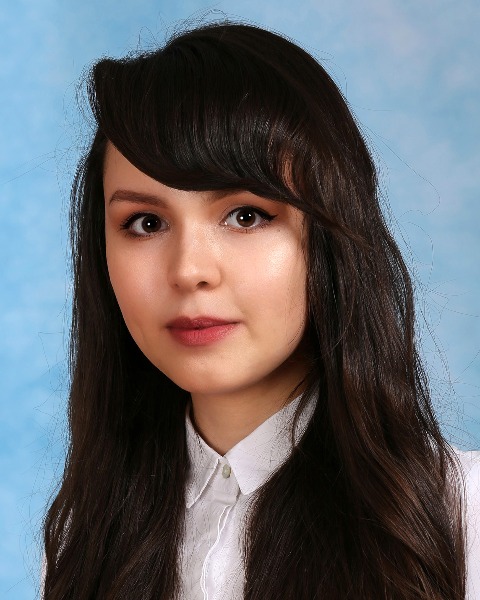Neonatal General
Neonatal General 8: NICU Practices 2
182 - Synchronous cerebral rSO2 and mean arterial pressure changes in neonates undergoing general anesthesia
Publication Number: 182.332

Sarolta Trinh, Doctor of Medicine (she/her/hers)
PhD student
Semmelweis University
Budapest, Budapest, Hungary
Presenting Author(s)
Background:
Hemodynamic instability is a critical event and a common finding during neonatal general anesthesia. Addition of NIRS (near-infrared spectroscopy) to the standard monitoring of vital parameters may help preventing or mitigating adverse events. NIRS provides real time information about regional cerebral tissue oxygenation (rSO2), which is mainly influenced by blood pressure (BP), peripheral oxygen saturation (SpO2), heart rate, and partial CO2 tension (pCO2).
Objective:
We aimed to assess the episodes of low cerebral oxygenation and its relation to low BP in a tertiary neonatal surgical center.
Design/Methods:
In this observational prospective study between June 2021 to November 2022, we enrolled 67 infants (38 premature and 29 term neonates) undergoing general anesthesia for surgery. The rSO2 was registered using Medtronic, INVOS 5100C NIRS monitor. Decreased rSO2 levels were defined by mildly (60-69%), moderately (50-59%), or severely (< 50%) low rSO2. For hypotension for < 7 days old preterm infants mean arterial pressure (MAP) was defined less than their gestational age in weeks, in infants >7 days old MAP was adjusted to recommendations by J. de Graaff. Data is in median [IQR] or number (%).
Results:
Median bodyweight of premature patients was 2.1 [1.4;3.2] kg and term neonates were 3.3 [2.8;3.8] kg. A total of 6824 mins were recorded. Median length of anesthesia was 97 [60;133] mins. Episodes of decreased rSO2 occurred median 2 [1;4] times per anesthesia and lasted for 42.5 [7.8;79] mins in preterm and 21 [0;55] mins in term neonates. Mild, moderate, and severe rSO2 decrease were recorded in 25%, 15% and 9% (total: 49%) of time in premature; and 17%, 9% and 6% (total: 32%) in term neonates. The total time spent in low rSO2 range was longer in preterm than in term neonates (p< 0.001). In premature infants, synchronous MAP and rSO2 decrease was observed in 28% of the total recorded time, while ‘isolated’ hypotension, without rSO2 or SpO2 changes occurred in 13% of time. In contrast, we observed opposite trends in term neonates, where these rates were 13% and 20%, respectively.
Conclusion(s):
Our data shows that rSO2 decrease is frequent during neonatal anesthesia, suggesting that it is prudent to use NIRS monitoring in this patient population. Interestingly, in term neonates 'isolated' hypotension without rSO2 change occurred 20% of the time, a finding of high clinical relevance that warrants further investigation.
